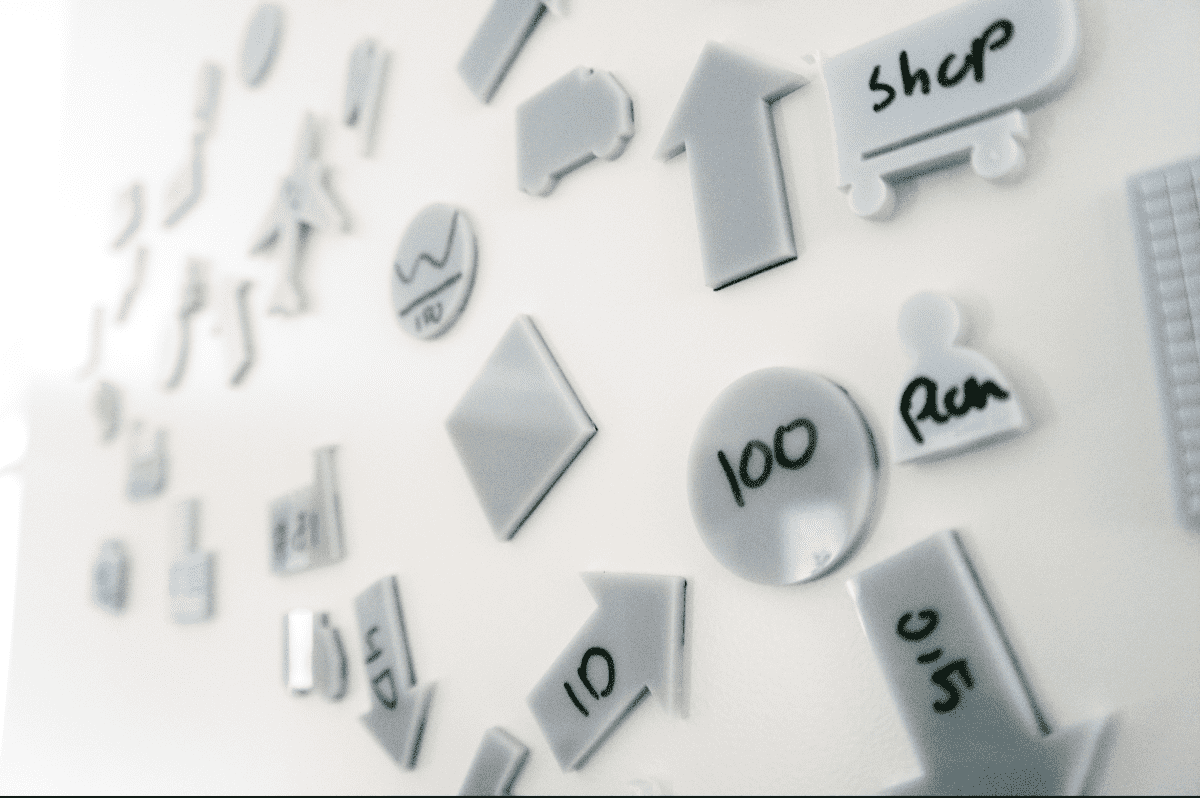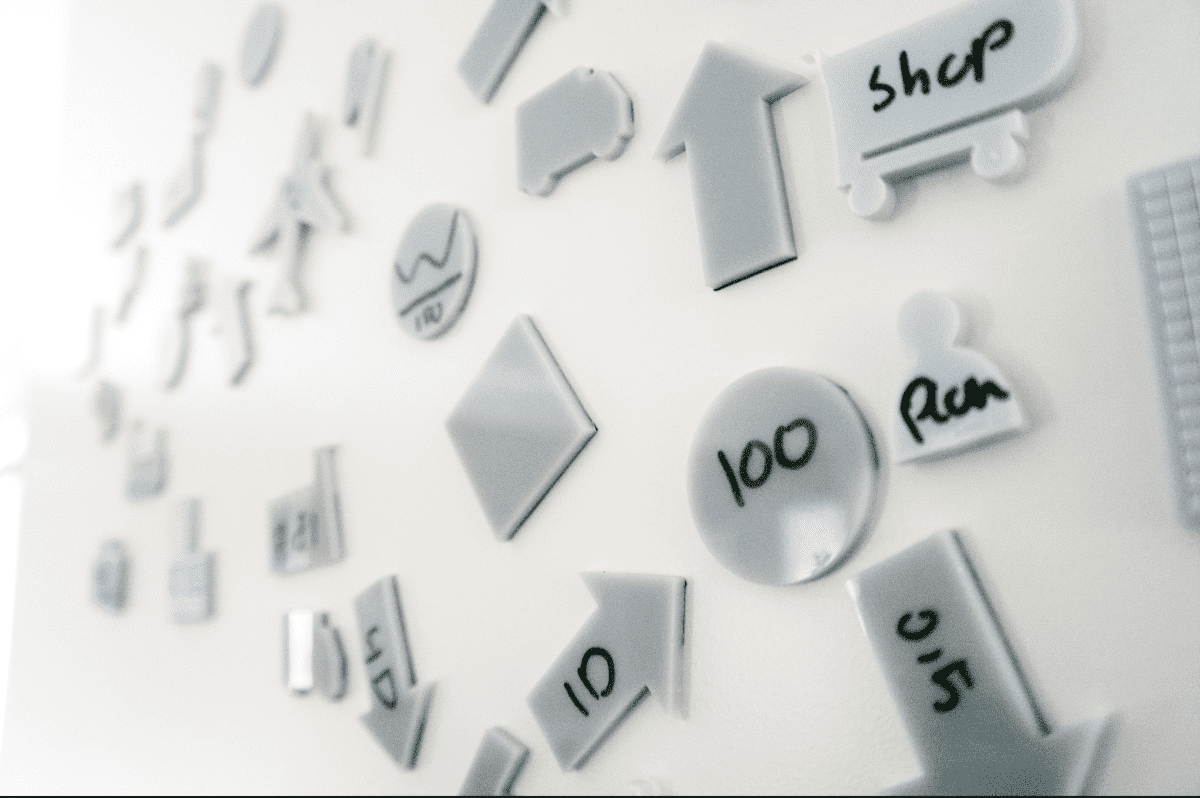Lean management for supply chain
Do you have a problem with your production process? Are things not quite going as planned? The chances are that people will come up with the lean method to remove all your problems and worries. Engineers working on the Toyota production system developed lean methods, which you could call a Japanese philosophy. But is Lean the solution to all your problems?
By working lean, Companies notice a positive effect on their staff and customer satisfaction. In our view, Lean is more than a set of tools companies can use. Lean is an effective customer-centric management system that creates value for the customer. Lean is the basis for many methods, such as Demand Driven MRP. by aligning demand and capacity, employees can work effectively in a lean production system to add more value for the customer.
In deze blog vind je de volgende onderwerpen
Origin of Lean management
The problem that created the first step into the lean methodology can be traced back to the automobile industry in the 1930s. At the beginning of the last century, Henry Ford started making T-fords. This car was only available in one color and one design to keep production as constant as possible and make the best use of the assembly line. By eliminating variation and having a lot of manual output, Henry Ford made many cars at a low price. With this, he reached the pinnacle of flow. The lead time of the stock was a few days.
lack of variance
The problem Toyota ran into was that he wanted variety in his cars. The consequence of Henry Ford's rigid approach also meant that his car could not be improved or modified for the 19 years it was in production.
Lean methods
The system car manufacturer Toyota worked on changing the focus on manufacturing. Toyota focused on individual machines and the flow they create in the entire process. Which is known as the start of lean. Toyota concluded the following helped in increasing flow:
- Matching machines to the volume needed
- Introducing self-monitoring systems or devices to ensure quality
- Lining up the machines in the process order
- Developing machines with short changeover times
These ideas helped create a plant where each machine could make small volumes of many parts and synchronize production. The result made it possible to deliver more added value, great variety, high quality, and swift turnaround times to customers. Later, this approach was further developed and became known as lean.

The five principels of lean
The leading five principles are the summary of the lean method.

1. Define Value
One of the goals of Lean is to add value for the customer. It is necessary to know what adds value for the customer to add value. What process steps help the customer, and are they willing to pay for them?
The customer is at the heart of lean, and by improving, you make more happy customers, which is the goal for any organization. Knowing your customers and where adding value has the most impact is the challenge. Do you choose to guarantee faster delivery times, or is the customer willing to pay more for that?

2. Map out the value stream
The second Lean principle is to identify and map the value stream. In this step, the idea is to use the customer's value as a reference point and identify all activities contributing to those values. Activities that do not add value to the customer are wasteful and not lean.
Companies should avoid waste as much as possible because it does not add value. We divide waste into two categories: not adding value but necessary and not adding value & unnecessary. The latter category is pure waste and should be eliminated. By reducing and removing unnecessary processes or steps, you can ensure that customers get what they want while at the same time lowering the production cost of the product or service.

3. Create Flow
After removing or reducing the wastes from the value stream, the following action is to ensure that the flow of the remaining steps is smooth without interruptions or delays. Flow is the degree to which the inventory is used in efficient processes dealing with the resources and the inventory. Higher productivity with the same inventory is higher flow.
Flow can be increased by reducing batches and speeding up changeover times, splitting work across multiple work centers, and training personnel to take responsibility for their part of the production process.

4. Make it Pull
Inventory is considered one of the wastes in any lean production system. A pull-based system aims to reduce inventory and work-in-process (WIP) items while ensuring that the necessary materials and information are available for a smooth workflow. Just-in-time delivery and production are possible, where products are made when needed and in the quantities required. Pull-based systems operate from the needs of the end customers. By following the value stream and working backward through the production system, you can ensure that the products produced will be able to meet the needs of the customers.
5. Achieve perfection
Waste is prevented by achieving the first four steps: 1) identifying value, 2) mapping the value stream, 3) creating flow, and 4) implementing a pull system. However, the fifth step, the pursuit of perfection, is the most important. It makes Lean thinking and continuous improvement a part of the organizational culture. Every team member should strive for perfection in delivering products based on customer needs. Most companies have to undergo a lean transformation before starting as a proper lean organization. The goal is to become a little better every day.
Applying the principles
The five Lean principles provide a framework for creating an efficient and effective organization. Lean enables managers to organize continuous improvement in their organization and discover how to serve customers better. The principles create a better workflow in work processes, work more intelligently, and develop a continuous improvement culture. By applying all five principles, an organization can remain competitive, increase the value delivered to customers, lower the cost of doing business and increase its profitability.
Lean six Sigma
Lean Six Sigma is the combination of two methods of improvement. From Lean, we work on flow and adding value, while Six Sigma provides a project-based approach with quantitative analysis.
6σ is the official spelling
six Sigma stands for a small number, namely 99.99966%. The idea of six Sigma is that the processes are controlled so well that six Sigma of the products come out of the making process well and are delivered to the customer. For most companies, it is an aspiration they would like to achieve.
improvement program
Lean Six Sigma uses the DMAIC structure that originated from Six Sigma. According to DMAIC, a project is divided into several phases: Define, Measure, Analyze, Improve and Control. These are the steps taken to execute a lean six sigma project.
- In the first phase, the current process is described and it is determined what will be investigated.
- In the second phase, measurements are made, how does the process work, what are the variables, and these are then measured.
- In the third phase, the measurements are analyzed. Why does this batch contain errors, and what influences this?
- In the fourth phase, current processes are adapted to implement a solution.
- In the fifth and final phase, we look at how the new process or change can be "maintained" so that the problem found does not recur.
black, yellow or green belt
Lean six sigma projects are carried out by specially trained people for this. How far someone is with lean six Sigma is indicated with color codes from the judo world. A master black belt does the guidance. This guides projects and helps people to achieve their black, yellow, or green belt by carrying out projects.
Tips for implementing Lean methodology
many companies today want to be lean, to work lean, and the term lean is often used to indicate that a company, is flexible with demand and has a good view of customer value. If you go to a Toyota car plant in Japan and ask, how lean are you? the answer will surprise you. After all, lean is not about becoming lean or teaching everyone the lean method. Companies far along in the lean management method are constantly moving forward, minimizing waste, and looking for opportunities to create value for their customers. Once companies stay engaged in lean, it is an effective management system for achieving maximum value for the customer. Lean is not hype. Working lean is not something management decides. Going lean requires the necessary staff investment and continuous attention, even years after implementation.
If you want to know more about lean or spar with us about the possibilities to optimize business processes, please feel free to contact us to look at the options!